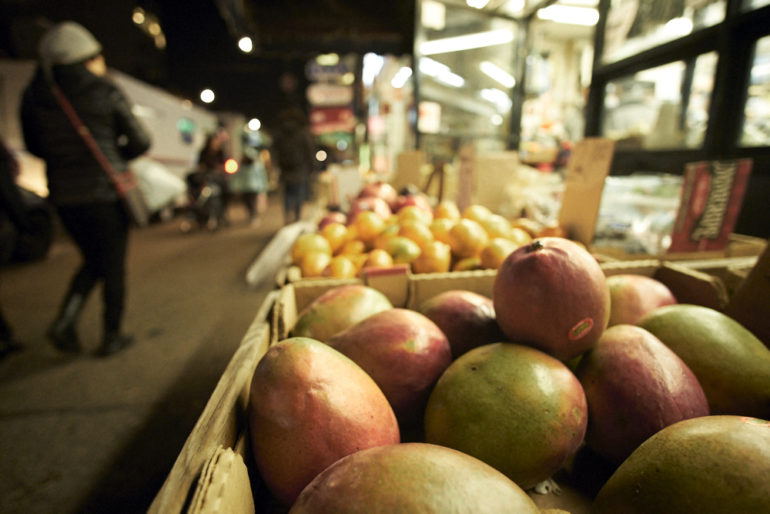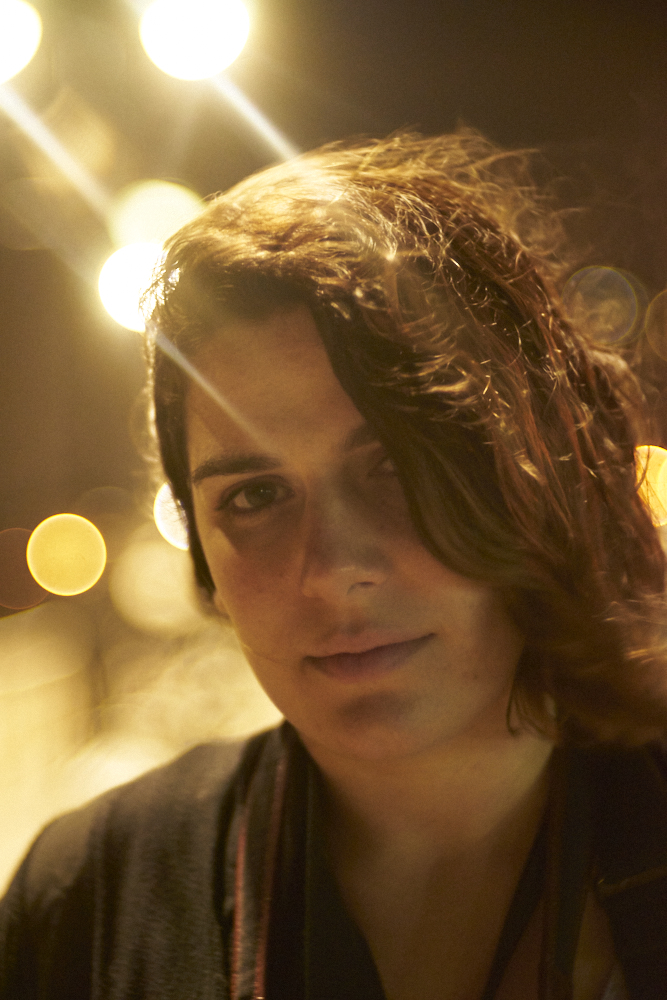If you’re an amateur photographer, don’t worry about things like image grain all too much.
Image grain and sharpness are two things in the photo community that when you get into the more old school circles of thinking, is frowned upon. You’ll always hear “You should’ve gotten it in focus” or “You should’ve shot at a lower ISO setting.” It’s ingrained (pun intended) into the heads of so many photographers out there and that mentality continues to spread to so many others. But the truth is that technical matters of a photo are second to the subject matter.
Let’s visit some examples of this:
- Every film that was made before IMAX and even HD video still looks great and Pulp Fiction will always be Pulp Fiction. It’s still a fantastic film.
- The photographers of Magnum have all shot great images that still stand out even today.
- Photographers such as those who shot classic concert images created images that didn’t necessarily become terrible because time went on and someone may have done something better. They’re still great images.
Why? Why does all this make sense? It’s because of the content. If you’re able to capture a moment that’s very heart warming and it can find a way to put a smile on someone’s face, then they’re bound to care about that image much more than they would something else. Content is king and it always will be. Now, that means that the subject matter still needs to be clearly visible; but it doesn’t need to be 100% visible. If a face is every slightly out of focus that can work well enough most of the time.
These arguments and ideas are what I genuinely like to call petty problems. These petty problems are typically manufactured rules that in theory work. But there are times when they can be broken or exceptions can be made. I’ll list for you below a number of petty things that folks may say.
“Why is the sky blown out?”
“Uggghhhh, why is this so grainy?”
“Why did you blow out the sky?”
“Why is there lens flare?”
“Why is there image grain?”
In all honesty, no one cares about any of these arguments when they look at it as a print or on a small scale device such as a phone or a laptop. They only care about these things when they enlarge them at 100%. The images above are a mixture of alright and mediocre content. And more than anything, that’s what’s making the image not so great. But let’s take a look at some better images.

Pro Tip: Manual focus lenses make you require the way that your brain tells you to shoot. Instead of just putting a viewfinder to your eye, focusing, and shooting, sometimes you pre-focus, put the viewfinder to your eye and either shoot immediately or touch up just a bit. You can do this using the depth of field scale.
It’s easy for someone to sit there and complain about the following:
- It’s black and white
- It’s sepia
- Their coats are so dark
- It’s a square photo
When in reality, the black and white is being used because the colors aren’t important, the black and white emphasizes the coasts being dark and forces you to pay more attention to what’s happening, and the square composition places them in just the right spot. So artistically, the photo works for many reasons. But many of those made up ideas and conventions are often the idea of a select few who wanted to dictate what should work and what shouldn’t work. It’s often as a result of wanting to stay on top of others and in control.

Pro Tip: This image was shot with Kodak Portra 400, which isn’t a slide film. But if you really want to start working with film, start shooting with your camera set to the daylight white balance so that you gain a familiarity with the various types of lighting scenarios and how they’ll affect your scene.
Someone else that sees this image is bound to ask “Oh, well why are the highlights blown out?” And the response: who cares? Look at the rest of the portrait and focus on the person.
The same way that a set designer may create a scene and put a major emphasis on just the subjects (the content) you’ll want to do that for your images.
You Might Like:
from The Phoblographer http://bit.ly/2GPThml
via IFTTT




